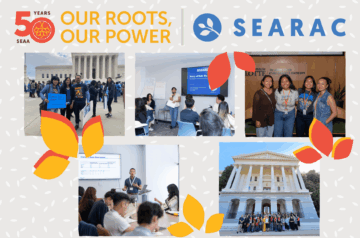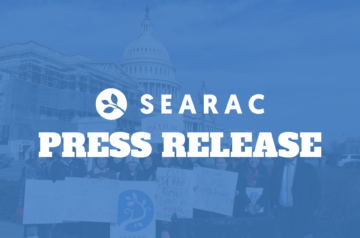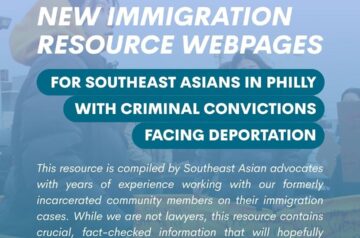Washington, DC – The Trump Administration issued a presidential proclamation last week restricting migration into the United States for uninsured individuals unable to pay for their own healthcare. The policy particularly targets people seeking to reunite with loved ones through the family-based visa system, including: spouses of US citizens and lawful permanent residents (LPRs); children of LPRs who are 18-21 years old; children under 18 if traveling with a parent who is also immigrating; adult sons and daughters of US citizens and LPRs. It would also impact people with diversity visas, employment-based visas, and more.
In 2016, 87% of immigrants from Cambodia, 96% from Laos, and 97% from Vietnam who became an LPR were able to do so through a family-based visa petition.1 Many Southeast Asian Americans rely heavily on this system to reunite with their loved ones after being forcibly separated due to war and genocide. Additionally, due to a number of factors, 15% of Southeast Asians living in America are uninsured compared to the national average of 13%.2
“Under this Administration’s latest heinous policy, Southeast Asian American refugee families will face continued separation, once again at the hands of the United States,” said Quyen Dinh, executive director of SEARAC. “Since taking office, this president has done everything in his power to make healthcare more inaccessible for families, especially immigrants. Instead of playing politics and pitting immigrant communities against the rest of America, the Administration should work with our lawmakers to ensure that everyone has access to quality, affordable health coverage-a basic human right.”




